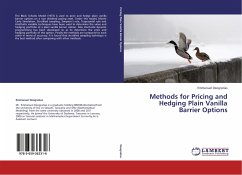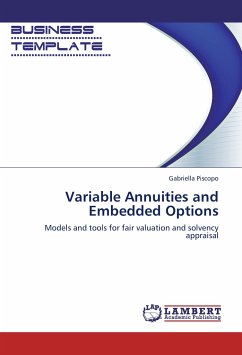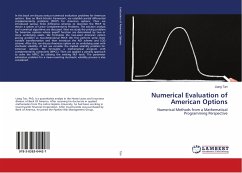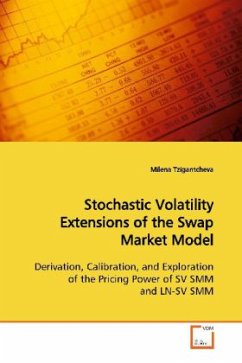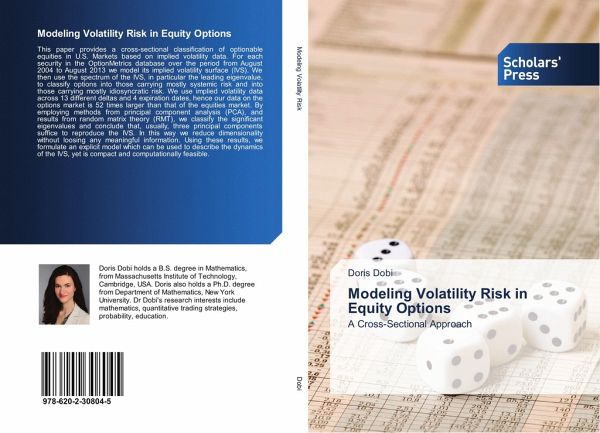
Modeling Volatility Risk in Equity Options
A Cross-Sectional Approach
Versandkostenfrei!
Versandfertig in 6-10 Tagen
45,99 €
inkl. MwSt.

PAYBACK Punkte
23 °P sammeln!
This paper provides a cross-sectional classification of optionable equities in U.S. Markets based on implied volatility data. For each security in the OptionMetrics database over the period from August 2004 to August 2013 we model its implied volatility surface (IVS). We then use the spectrum of the IVS, in particular the leading eigenvalue, to classify options into those carrying mostly systemic risk and into those carrying mostly idiosyncratic risk. We use implied volatility data across 13 different deltas and 4 expiration dates, hence our data on the options market is 52 times larger than t...
This paper provides a cross-sectional classification of optionable equities in U.S. Markets based on implied volatility data. For each security in the OptionMetrics database over the period from August 2004 to August 2013 we model its implied volatility surface (IVS). We then use the spectrum of the IVS, in particular the leading eigenvalue, to classify options into those carrying mostly systemic risk and into those carrying mostly idiosyncratic risk. We use implied volatility data across 13 different deltas and 4 expiration dates, hence our data on the options market is 52 times larger than that of the equities market. By employing methods from principal component analysis (PCA), and results from random matrix theory (RMT), we classify the significant eigenvalues and conclude that, usually, three principal components suffice to reproduce the IVS. In this way we reduce dimensionality without loosing any meaningful information. Using these results, we formulate an explicit model which can be used to describe the dynamics of the IVS, yet is compact and computationally feasible.




